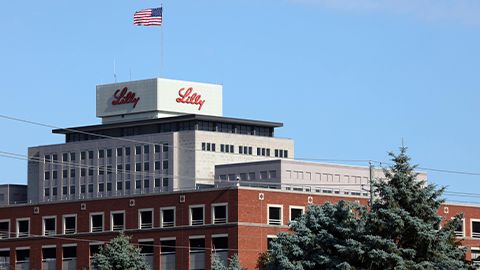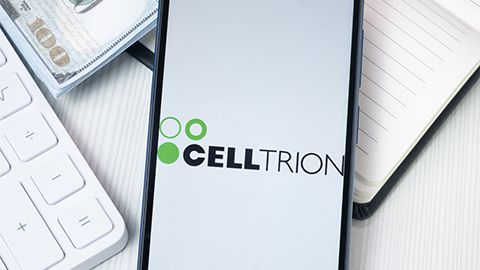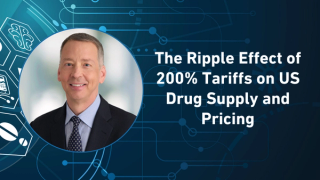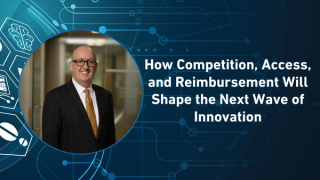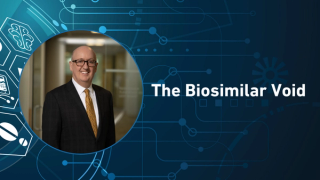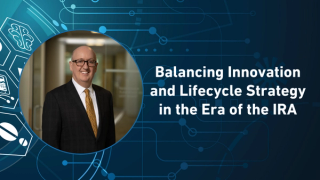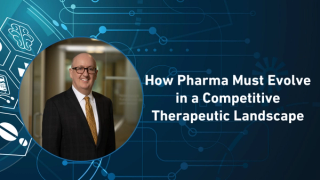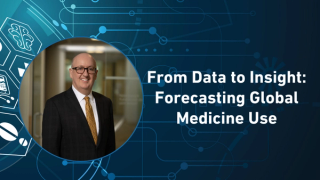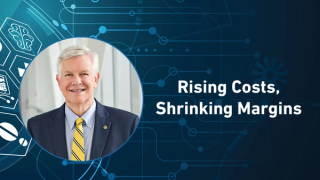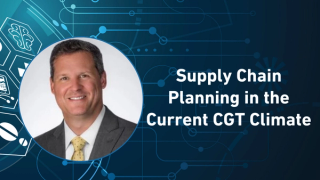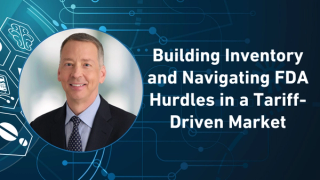
Business and Finance
Latest News

Latest Videos

Podcasts
More News

This episode of Pharma Pulse covers GSK’s $30 billion plan to expand US biopharma production, new evidence that weekly GLP-1 therapies significantly reduce cardiovascular risks, and Roche’s acquisition of 89bio to add the FGF21 analog Pegozafermin to its growing metabolic disease portfolio.
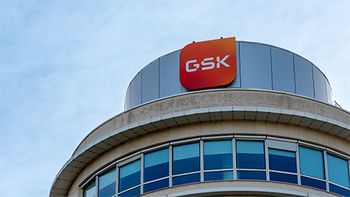
The pharmaceutical giant’s commitment includes a $1.2 billion investment in advanced facilities powered by AI and digital technology, strengthening biopharma manufacturing and clinical research across the United States.

This episode of Pharma Pulse covers the former CDC director’s claim she was dismissed for refusing to prioritize ideology over evidence, new findings that physician mental health remains a serious concern, and Eli Lilly’s $5 billion investment in a new Virginia manufacturing plant to expand biologics production.
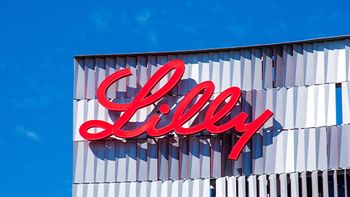
The new Goochland County facility will serve as Lilly’s first fully integrated API and drug product site, focusing on antibody-drug conjugates, while creating thousands of jobs and strengthening domestic supply chains.

This episode of Pharma Pulse covers new data showing 1 in 6 US parents are delaying or skipping childhood vaccinations, Secretary Robert F. Kennedy Jr.’s move to expand a federal vaccine advisory committee, and survey findings that more than half of healthcare workers are considering leaving their current roles.

This episode of Pharma Pulse covers healthcare advocates’ push for a $50 billion Rural Health Transformation Program, new research showing pneumococcal vaccination gaps among adults with celiac disease, and Novartis’ $5.7 billion licensing agreement with Monte Rosa Therapeutics for protein degrader therapies.

The collaboration seeks to reduce drug waste, prevent errors, and support more reliable delivery of life-saving therapies to patients worldwide.

This episode of Pharma Pulse covers new FDA guidance to speed development of non-opioid pain treatments, the FTC’s warning against non-compete agreements for doctors and nurses, and DHL Supply Chain’s acquisition of SDS Rx to strengthen last-mile healthcare delivery.
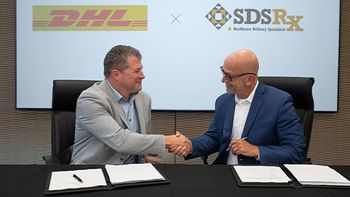
The deal will integrate SDS Rx’s specialized delivery network of US locations into DHL’s Life Sciences & Healthcare division, strengthening same-day and final-mile services as demand for specialty pharma and patient-centered logistics continues to rise.

This episode of Pharma Pulse covers reports of a White House executive order to restrict treatments discovered in China, new data showing robust immune responses from Pfizer and BioNTech’s COVID-19 vaccine in high-risk adults, and Samsung Biologics’ latest US manufacturing deal amid tariff uncertainty.

The South Korean CDMO has signed its second multi-billion-dollar contract in less than a year, even as shifting US trade policies and looming tariffs create challenges for global drugmakers.

This episode of Pharma Pulse covers Florida’s plan to roll back school vaccine mandates amid a measles outbreak, President Trump’s renewed focus on limiting direct-to-consumer pharma advertising, and ICER’s latest cost-effectiveness analysis of GLP-1 obesity treatments semaglutide and tirzepatide.

This episode of Pharma Pulse covers Novartis’ acquisition of Tourmaline Bio to advance its cardiovascular candidate Pacibekitug, new research uncovering biological and immunological factors driving flu severity in older adults, and strategies to address the top five reasons patients don’t take their medications.

This episode of Pharma Pulse covers the FDA’s decision to restrict bulk ingredients for compounded GLP-1 therapies, new evidence showing RSV vaccines improve cardiorespiratory outcomes in adults over 60, and pharmacy owners’ concerns over barriers to participating in the Medicaid Drug Price Negotiation Program.

By reducing waste, improving forecasting, and strengthening payer negotiations, these technologies are helping pharmaceutical companies unlock efficiency, accelerate adoption, and differentiate in competitive markets.

This episode of Pharma Pulse covers Gilead’s groundbreaking on a new technical development hub to accelerate biopharma innovation, the World Health Organization’s decision to add GLP-1s to its Essential Medicines List for diabetes, and new data showing high-dose influenza vaccines reduce heart risks in older adults.
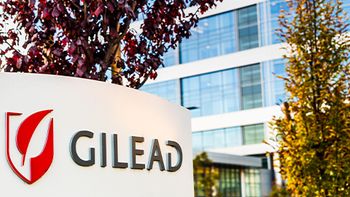
The new 180,000-square-foot facility in Foster City anchors the company’s long-term $32 billion investment in domestic manufacturing and R&D.

This episode of Pharma Pulse covers President Trump’s appeal to the Supreme Court to preserve pharma tariffs, Sanofi’s 10% stock drop after Amlitelimab failed in Phase III, and new research showing how the COVID-19 pandemic reshaped pneumococcal mortality trends.

Following a federal appeals court decision that struck down much of his tariff authority under the International Emergency Economic Powers Act, President Trump is asking the Supreme Court to fast-track review.

This episode of Pharma Pulse covers Amgen’s $600 million investment in a new California R&D center, Novartis’s collaboration with Argo Biopharmaceuticals to boost its cardiovascular pipeline, and new data showing Wegovy outperforming tirzepatide in reducing major adverse cardiovascular events.
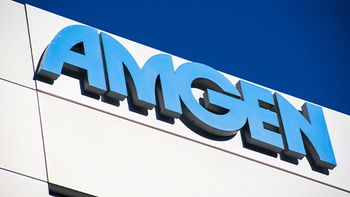
The company is committing over half a billion dollars to build a state-of-the-art research hub in Thousand Oaks, CA, designed to accelerate next-generation therapeutics through advanced automation and collaboration.

Why the life science industry needs to move away from omnichannel marketing strategies and toward optichannel approaches that boost personalization and ROI in an era of shrinking budgets.

This episode of Pharma Pulse covers rising influenza vaccination rates among historically underserved populations, a new Circurna–GATC Health partnership using AI to advance circular RNA therapies, and fresh research showing many statin-intolerant patients are self-medicating despite limited benefits for lowering LDL cholesterol.

This episode of Pharma Pulse covers new evidence that childhood PCV10 vaccines indirectly protect unvaccinated adults, Eli Lilly’s pause in UK Mounjaro shipments following a major price hike, and the FDA’s Complete Response Letter to Outlook Therapeutics’ resubmission for Lytenava in wet AMD.
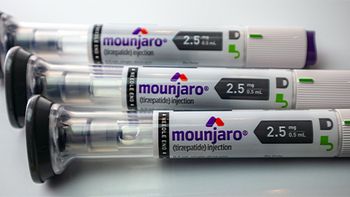
Lilly has temporarily halted UK shipments of Mounjaro until Sept. 1, when new list prices take effect.

